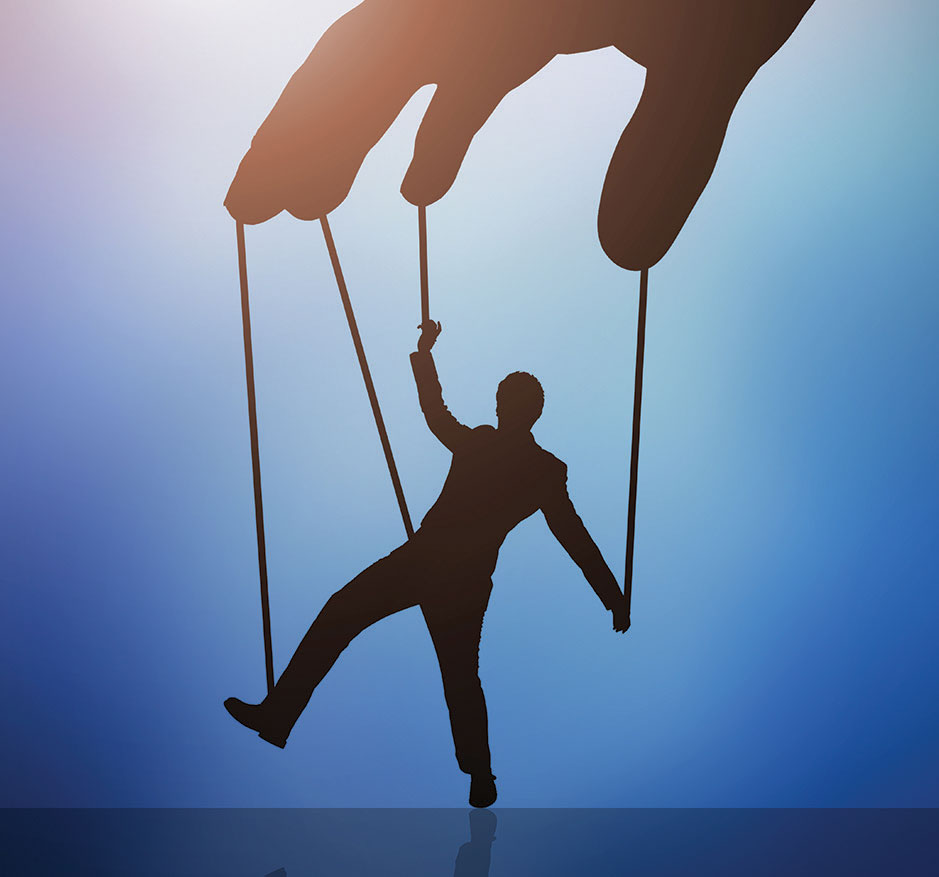 |
In that sunny place where it only rains at night, and little bunnies frolic in the fields, there exists a physician who makes all their decisions based solely on the needs of the patient—without interference from the government, the insurer or regulatory agencies—free from economic concerns about taking care of their family, paying their staff or saving for retirement. All the years of training provide exactly what our doctor needs to fulfill the Hippocratic oath in its purest sense.
And then you wake up. It’s 2 a.m., and you’ve had another dream. Fortunately, this time, it’s about what you imagined medicine would be like when you were young. Very young. Most nights it’s an anxiety-filled, panic-ridden rollercoaster of a nightmare where, at every turn, you’re boxed in by situations not of your making and impossible to resolve. You pay the bills, code correctly, bill correctly, manage HR, get through an endless clinical day, and still have to deal with paperwork that never ends. Oh, is this not your nightmare? Then perhaps it’s the one where some 28-year-old MBA tells you that you need to see 10 more patients a day, or the department chair needs you to take another six weeks of ER call. None of these are what you signed up for, or how you thought you’d spend your career, and yet all are variations on a theme: the loss of control.
I suppose the better question is, “Did we ever have control?” Very few of us get to make all of our own decisions, and make them for all the right reasons, so that the results are better for patient care, better for the physician’s mental health and better for our employees and co-workers—as opposed to making the least-worst decisions owing to external forces far beyond our control, like financial, regulatory and corporate factors. And it seems that no matter which model you practice in, it’s still the same theme—just with different players, different puppet masters.
Are there perfect options? One would assume that all of us have found our optimized—or perhaps least bad—professional setting. But where we are isn’t always where we originally wanted to be. It’s scant solace to acknowledge that we likely didn’t have complete control of the forces pushing us into our current professional situation. Yet, under our shared constraints, where each of us is can look very different: It runs the gamut from having your name on the building and signing every check to working your 40-hour week with three weeks of vacation. Even though they look different on the surface, there’s still that common theme: Our decisions and actions are heavily modified by things we can’t control, that rarely have anything to do with patient care. Yet, out of necessity, we make those trade-offs every day as the frustration at having our hands tied continues to mount.
In an ever-more-regulated and resource-scarce environment like health care, we shouldn’t be surprised that control flows to those who make the rules and control the money. Yet our obligation to do what’s best for our patients remains, and our desire to do what’s best for ourselves continues to remain just out of reach. It seems at times that the only options are to either give up, or run to the window, throw it open and yell, “I’m mad as hell and I’m not going to take it anymore!” Neither fixes the problem, nor severs the strings that bind us to a system almost completely out of our control.
Putting aside this depressing conclusion is the sullen acknowledgement that modern life probably couldn’t function without each of us ceding at least a degree of control to others—the only question is how much and to whom. And how can we do that and still find our way to that place where it only rains at night?




